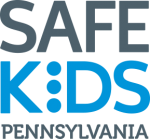
Sports & Play SAFETY
ATV Safety
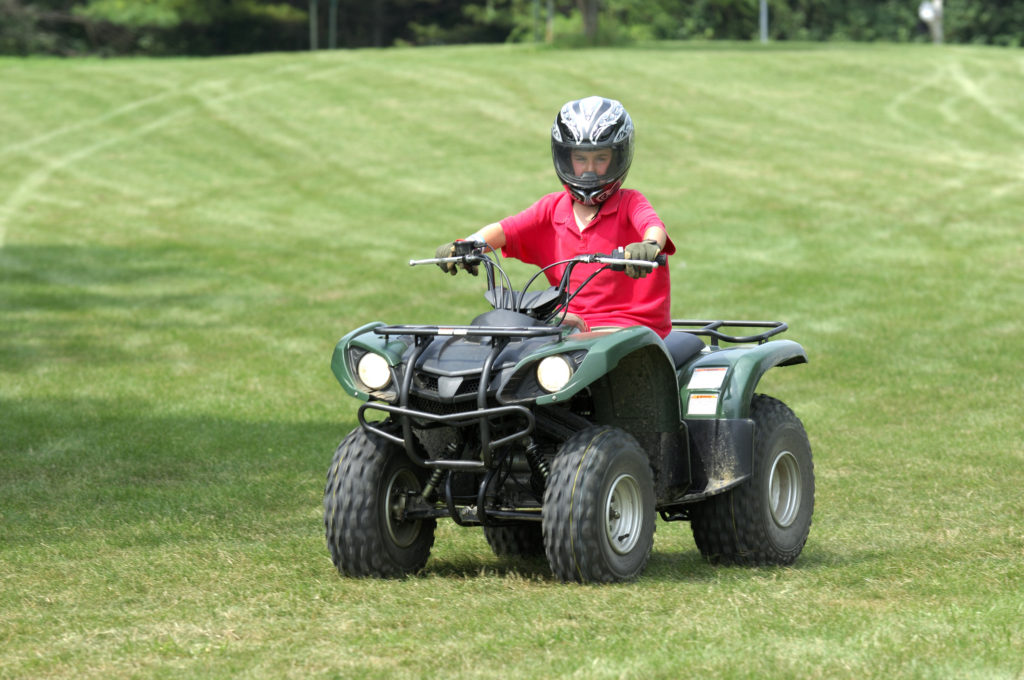
The U.S. Consumer Product Safety Commission (CPSC) tracks injuries and fatalities of off-highway vehicles (OHVs), which generally includes “All-Terrain Vehicles” (ATVs), “Recreational OffHighway Vehicles” (ROVs), and “Utility-Terrain Vehicles” (UTVs). According to their most recent report released in 2021, there were 2,156 fatal off-highway vehicle incidents from 2016 through 2018, which resulted in a total of 2,211 deaths. Of those deaths, 13% were of children under 16 years old -and almost half of those were under 12 years old.
Pennsylvania is in the top three states with the most off-highway vehicle deaths. In fact, five states account for 25% of all reported ATV-related deaths, and PA is one of them. ATV Safety is particularly relevant for more rural areas of the state, where people use them recreationally and for easy transportation across wide areas.
Although the law allows some flexibility when it comes to children and teenagers operating ATVs, the American Academy of Pediatrics recommends that children under 16 years of age should not operate or ride in any off-road vehicle. If you do choose to allow children to ride ATVs either on your property or on state-owned (ATV-designated) trails, do so with these safety tips in mind.
Safety Tips
- Never drive ATVs on roads (except to safely cross them).
- Do not allow a child younger than 16 to operate or ride as a passenger on an adult ATV.
- Children under 16 years old lack the developmental skills to safely drive adult ATVs. Adult ATVs have engine sizes over 90 cubic centimeters (cc) which can go over 70 mph and weigh hundreds of pounds. Current industry and Consumer Product Safety Commission (CPSC) recommendations are for children and young teens to be restricted to ATVs with engine sizes of 90 cc or below.
- Do not drive ATVs with a passenger or ride as a passenger if it is a single-rider model.
- Always wear a helmet and other protective gear such as eye protection, boots, gloves, long pants and a long-sleeved shirt.
- The helmet should be a motorcycle-quality helmet (not bicycle-quality)
- Get hands-on training from a qualified instructor.
- Ride an ATV that is right for your size and age, and/or your child’s size and age.
- Only ride during daylight hours.
- Always ride at a safe speed on a designated ATV trail.
- Know basic first aid to treat minor injuries, and be able to get help in an emergency.
Pennsylvania Specific Laws for Children under the Age of 16
- No one under age 8 shall operate an ATV on state-owned land.
- No one between 8-15 years of age (up to their 16th birthday) may operate an ATV unless
- they are on a parent or guardian’s land OR
- they completed a prescribed ATV safety training course and received an ATV safety training certificate
- Age 8 and 9 year old operators are restricted to an engine size of 70cc or less.
- No one under 16 may cross a highway or operate an ATV on designated roads unless in possession of a safety certificate and with an adult 18 or older.
- It is illegal to operate an ATV without a securely fastened helmet on the head of the operator.
Safety Standards of Youth Model ATVs
- Youth 6+ – Designed for riders aged six and older with adult supervision; comes from the factory set with a maximum speed of 10 mph, can be adjusted by an adult up to maximum speed 15 mph.
Children under six should never be on an ATV – either as a driver or passenger. Young children lack the physical ability and mental skills to safely maneuver a motorized vehicle with multiple speeds and controls. Every child is different, but developmentally, young children lack the ability to judge speed or distance until around the age of ten.
Youth 10+ – Designed for riders aged ten and older with adult supervision; comes from the factory set with a maximum speed of 15 mph, can be adjusted by an adult up to maximum speed 30 mph.
- Youth 12+ – Designed for riders aged 12 and older with adult supervision; comes from the factory set with a maximum speed of 15 mph, can be adjusted by an adult up to maximum speed 30 mph.
- By ages 12-13, many children can drive youth ATVs at speeds under 25 mph. These children generally lack the cognitive skills to control adult ATVs under a wide range of conditions. Even many older, more experienced adolescents cannot make quick, accurate judgments while driving ATVs. Most ATVs are equipped with a label detailing the manufacturer’s and CPSC’s recommended age for that particular model.
- By ages 12-13, many children can drive youth ATVs at speeds under 25 mph. These children generally lack the cognitive skills to control adult ATVs under a wide range of conditions. Even many older, more experienced adolescents cannot make quick, accurate judgments while driving ATVs. Most ATVs are equipped with a label detailing the manufacturer’s and CPSC’s recommended age for that particular model.
- Teenagers (14+) – Designed for riders aged 14 and older with adult supervision, and riders 16 and older without supervision; comes from the factory set with a maximum speed of 20 mph, can be adjusted by an adult to maximum speed of 30-38 mph.


